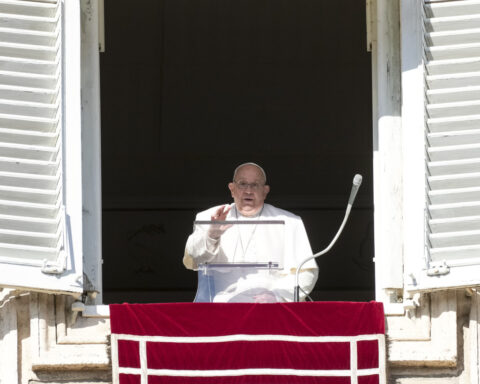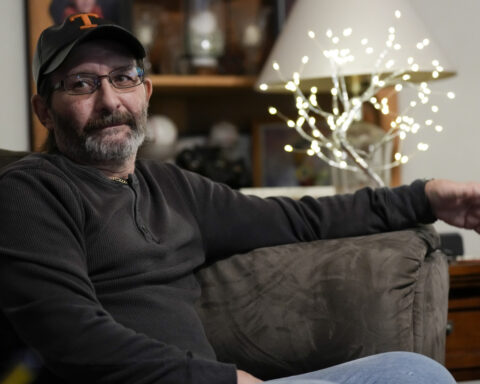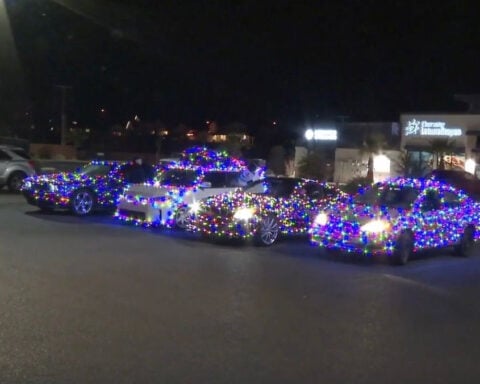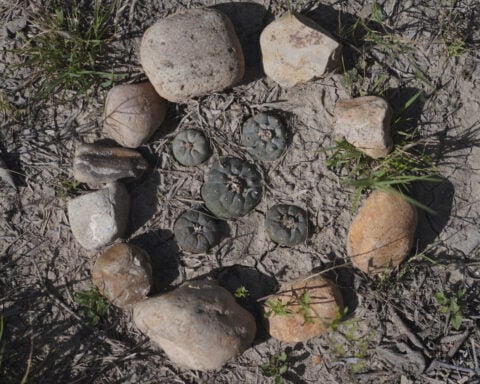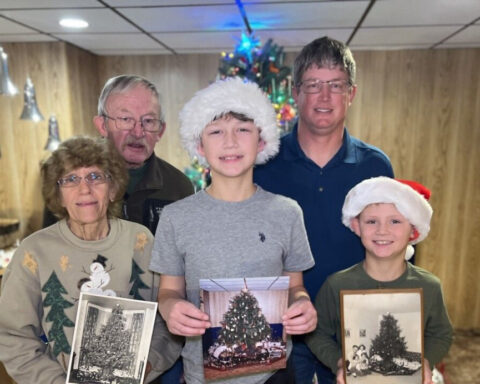Elena Malone, a history teacher at the private Campbell Hall School, and her husband Joshua Ryan, a math teacher at the Buckley School, purchased their $1.2 million home in 2021. They were drawn to the property's spacious layout, modern hacienda style, and scenic views of the Verdugo Mountains. The house offered three bedrooms, fireplaces, exposed beams, and an open kitchen on half an acre of lush landscaping, complete with fountains and an orchard.
However, their idyllic vision soon crumbled as their neighbor, 50-year-old David Ferrera, transformed his adjacent six-acre property into an unlicensed dump. The once-green space is now filled with over 100 rusting vehicles, mountains of trash, scrap metal, and hazardous waste that has polluted the ground and a nearby streambed.
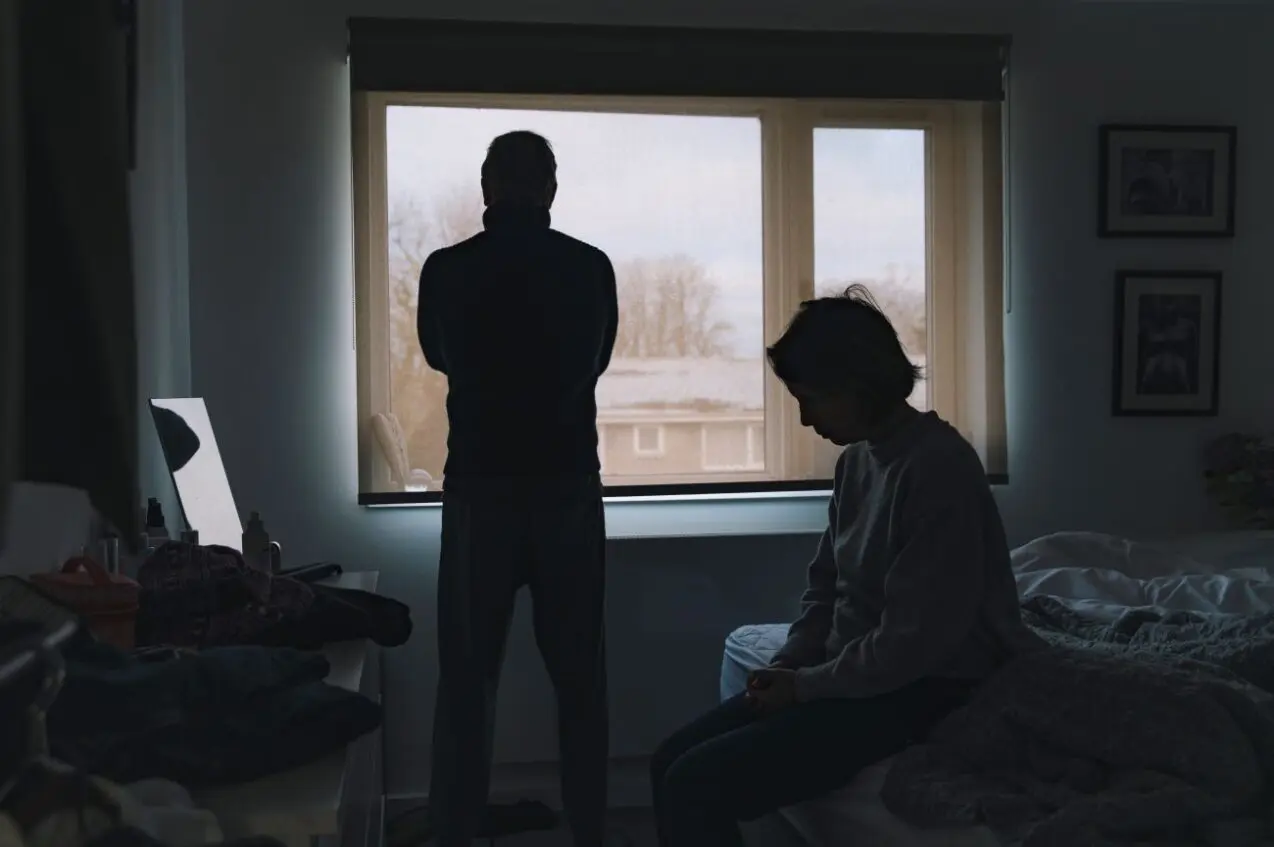
The situation has deteriorated to the point where Ferrera and his girlfriend now live in a car parked in front of Malone's house. Neighbors report finding hypodermic needles, bags of marijuana, moldy clothes, human excrement, tires, and condoms littering the street. The accumulation of junk and debris has made Ferrera's property on Wildwood Fire Road impassable.
Malone's children, aged 9 and 11, are no longer allowed to play in their front yard due to safety concerns. The family has faced numerous challenges, including strange vehicles blocking their driveway. On one occasion, Malone was unable to leave her property to pick up her husband from chemotherapy treatments for cancer.
Despite years of pleas to elected officials and nearly a dozen government agencies, little action has been taken to address the issue. The situation reached a boiling point earlier this year when a Superior Court commissioner briefly jailed Ferrera's elderly mother, who owns the property, out of frustration with the lack of progress in addressing the problem.
Commissioner Dennis E. Mulcahy expressed his disbelief at the government's failure to intervene, suggesting that neighbors confront City Attorney Hydee Feldstein Soto or demand meetings with Mayor Karen Bass and their council member, Monica Rodriguez.
The property has been discovered to have high amounts of arsenic, lead, cobalt, and other substances beyond federal safety regulations. An EPA report stated that the property had "elevated amounts of dangerous substances." This contamination has raised serious concerns about the health and safety of the surrounding community.
Adding to the neighbors' worries is the approach of fire season. La Tuna Canyon, where the properties are located, is notoriously susceptible to wildfires. A 2017 blaze in the area burned over 7,000 acres, making it the largest fire within Los Angeles city limits in half a century. Fires have broken out repeatedly at Ferrera's illicit junkyard, where numerous propane containers and other flammable liquids are present. A 2021 fire consumed Ferrera's home, killing his cats.
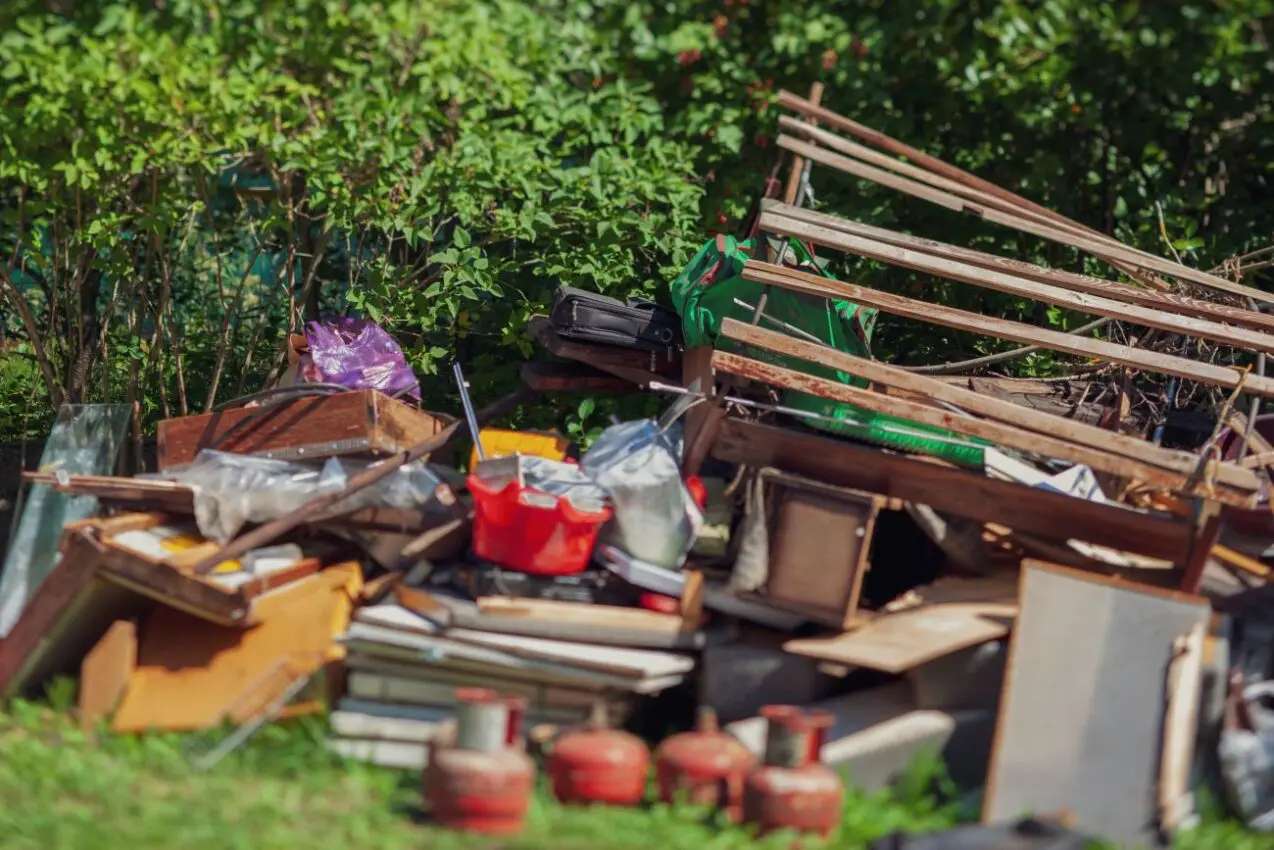
Scout Raskin, another resident living along the narrow lane leading to the property, expressed her fear: "There are no side streets for us to escape to. If the fire surrounds us, we all die."
The situation in Sun Valley illustrates the complex interplay between mental health issues, property rights, and community safety. Mary Ferrera, David's 80-year-old mother, acknowledges her son's struggles with mental illness and hoarding. She describes his behavior as an addiction, possibly triggered by past traumas, including the loss of possessions in previous fires and mudslides.
Mary, a retired high school math teacher, took over the deed to the property in 2014 when her son couldn't make the payments. She wanted him to be able to live there and recalls how he initially used his skills to make the place "beautiful" by adding landscaping and building rock walls.
However, the situation has spiraled out of control. Mary has paid for the removal of 21 dump truck loads from the site, only to see her son fill up the space with more junk. She admits to being an enabler but says it's because she loves her son.
The city attorney charged Mary with code violations in 2021, and she pleaded no contest to a single misdemeanor for unapproved use of land outside of designated zoning. As part of her probation, she was ordered to clean up the property, but little progress was made.
In January, with no real improvement evident, the city attorney's office requested a jail sentence for Mary. She suggested using $100,000 from her retirement savings for the cleanup, but Commissioner Mulcahy thought that amount was not enough for the magnitude of the issue. Mary was given a 180-day jail sentence but was let go after just one night because her offense was nonviolent.
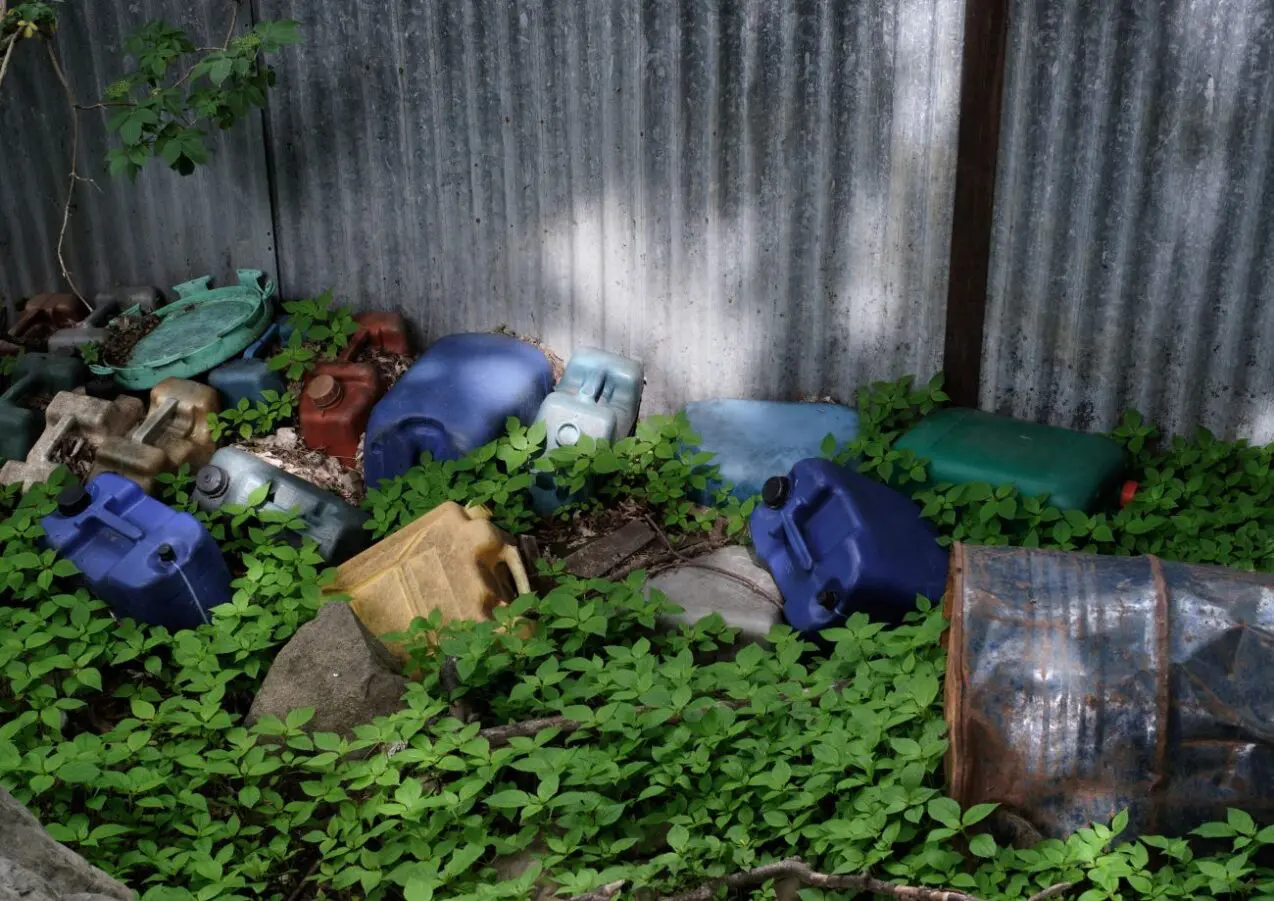
The case has exposed the limitations of various government agencies in addressing such complex situations. Malone and her neighbors have encountered a bureaucratic maze in their attempts to seek help. The city Department of Building and Safety referred them to the Department of Transportation, which claimed the street was private property. The LAPD said it could tow stolen vehicles but lacked authority to remove cars blocking the street. State agencies referred the matter back to the EPA.
LAPD Detective Supervisor Douglas Larkin, who had previously walked through Ferrera's property, now considers entering too dangerous due to the contamination. He described the landscape as otherworldly, featuring a tipped-over ambulance, part of a jetliner, and a giant forklift.
The EPA's 2021 report called for excavation and disposal of the contaminated soil. However, an EPA spokesman stated that the responsibility for cleaning up the property and removing the contaminated soil lies with the owner. The agency maintains that there is "minimal environmental risk" from the lead-contaminated soil, as the affected areas have been isolated and are considered stable.
This assertion provides little comfort to neighbors who fear potential health hazards and fire risks. One resident, who asked to remain anonymous, recounted an incident where a fire abatement officer chided her for not sweeping up pine needles in her yard. When she pointed out the hazardous conditions on Ferrera's property, the officer reportedly said, "Nobody wants to go up there."
The situation has left Malone and her family feeling trapped. They want to move but doubt they could find a buyer until the situation next door is resolved. Malone grapples with her feelings, aware that her problems pale in comparison to the global issues she teaches about in her history classes. Nevertheless, she believes that "one person shouldn't be able to sacrifice the safety of the community."
The Sun Valley case underscores the challenges cities face in balancing individual rights with community welfare. It raises questions about the effectiveness of current systems in addressing mental health issues, enforcing property regulations, and protecting public safety.
As the situation remains unresolved, residents continue to live in a state of anxiety, particularly as fire season approaches. The lack of clear solutions highlights the need for more comprehensive and coordinated approaches to addressing complex issues that fall at the intersection of mental health, property rights, and public safety.
For now, Malone and her neighbors continue fighting for action, hoping their persistent calls for help will eventually lead to a resolution. Their story is a stark reminder of how one property owner's actions can profoundly impact an entire community and the difficulties in finding effective solutions within existing legal and administrative frameworks.

 US sex-abuse watchdog fires investigator after learning of his arrest for stealing drug money
US sex-abuse watchdog fires investigator after learning of his arrest for stealing drug money
 Colorado nonprofit provides safety gear to homeless after tragic death previous Christmas
Colorado nonprofit provides safety gear to homeless after tragic death previous Christmas
 Five facts about electric vehicles in 2024
Five facts about electric vehicles in 2024
 Hwang Dong-hyuk on killing off his 'Squid Game' characters and wanting to work with Jake Gyllenhaal
Hwang Dong-hyuk on killing off his 'Squid Game' characters and wanting to work with Jake Gyllenhaal
 Erling Haaland misses penalty and Man City drops more points after 1-1 draw with Everton
Erling Haaland misses penalty and Man City drops more points after 1-1 draw with Everton
 Transform the daily grind to make life more interesting – a philosopher shares 3 strategies to help you attain the good life
Transform the daily grind to make life more interesting – a philosopher shares 3 strategies to help you attain the good life
 What if you could rank food by ‘healthiness’ as you shopped? Nutrient profiling systems use algorithms to simplify picking healthy groceries
What if you could rank food by ‘healthiness’ as you shopped? Nutrient profiling systems use algorithms to simplify picking healthy groceries
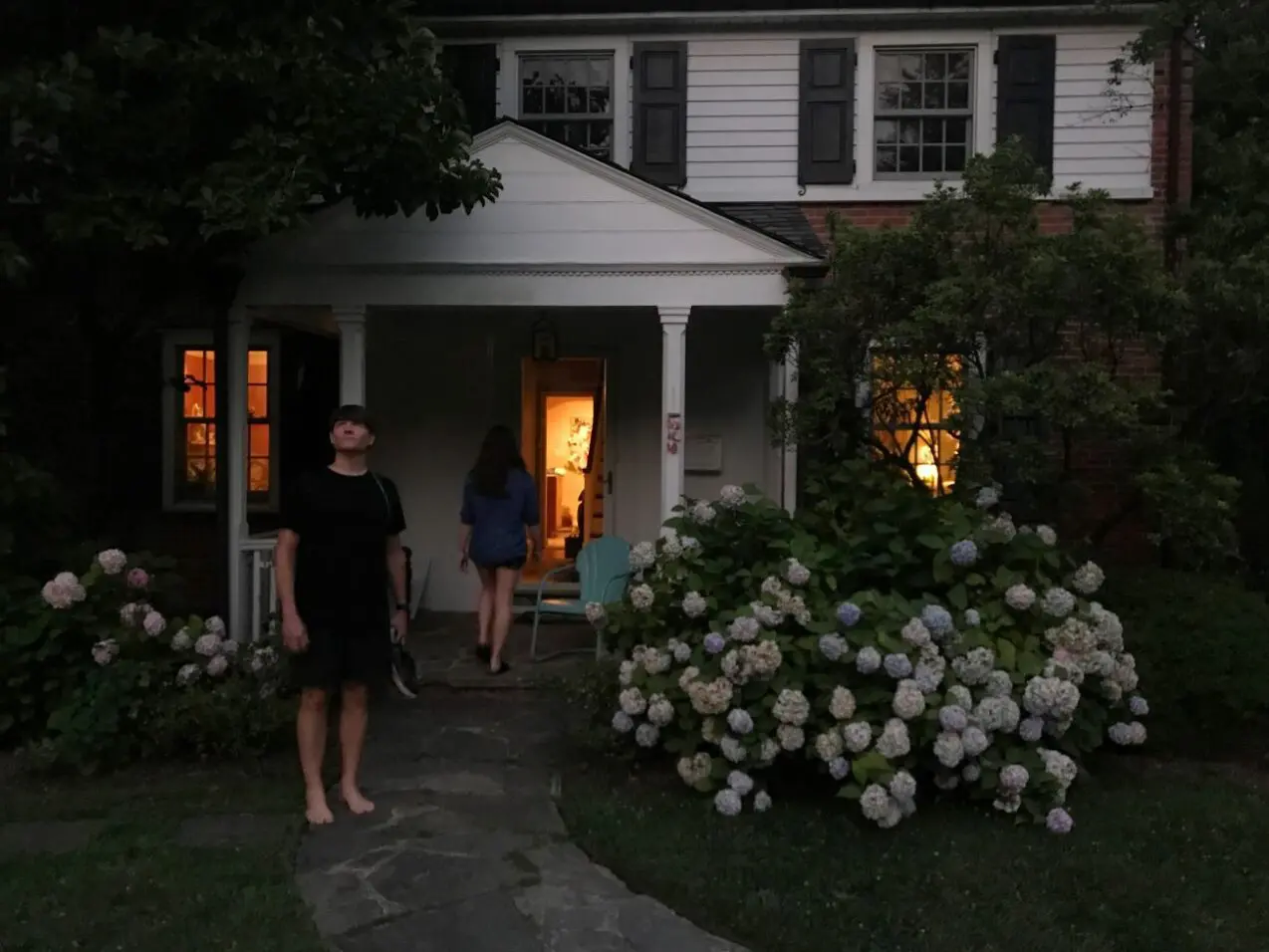 neighbor’s hoarding turned a $1.2 million home
neighbor’s hoarding turned a $1.2 million home
